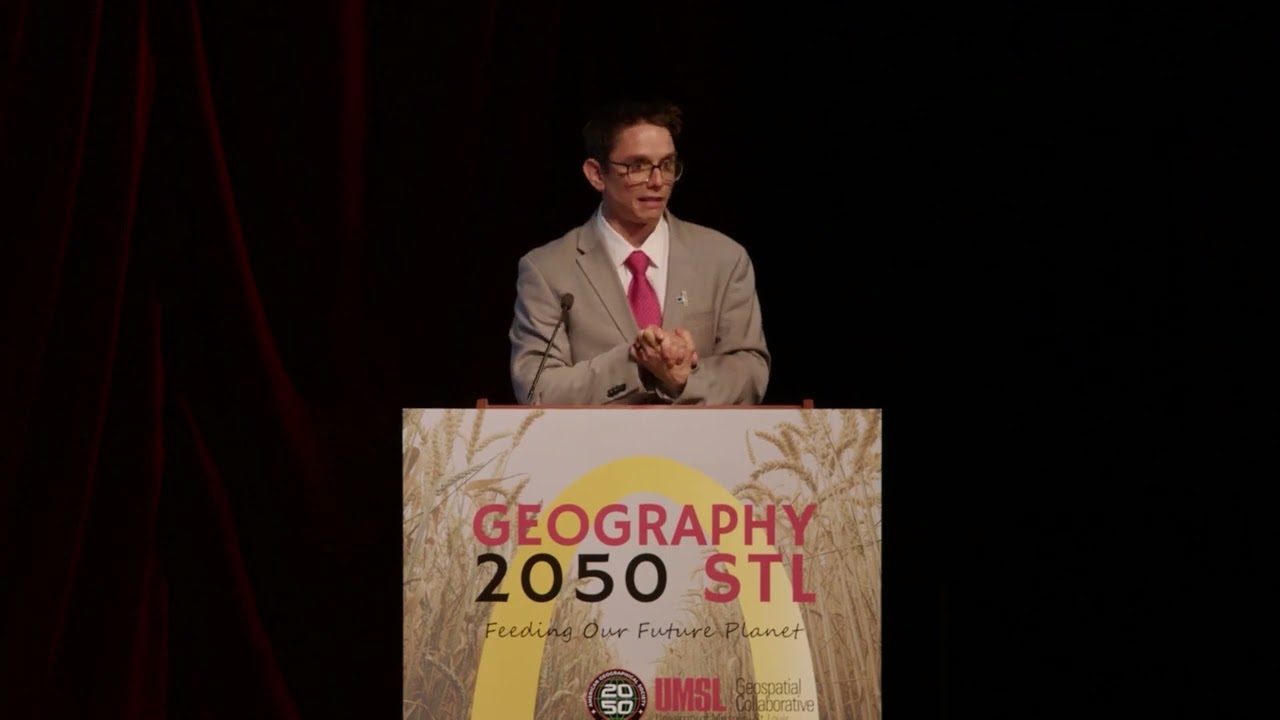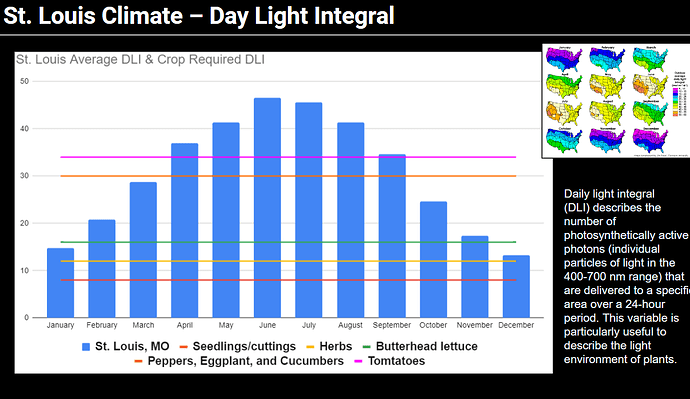Hello MARSfarm community! I wanted to take a minute to share a recent spotlight MARSfarm had at the 10th Annual Geography 2050 Conference, which occurred in St. Louis, Missouri on June 1st this year. At this event, put on by a partnership between the American Geographical Association and the UMSL (University of Missouri - St. Louis) Geospatial Collaborative, our Co-founder and CEO, Peter Webb, gave a 5-minute Lightning Talk. These Lightning Talks give businesses the opportunity to educate about the work they are doing at the intersection of geography in a quick but digestible format. To see Peter’s Lightning Talk on behalf of MARSfarm, watch the video here:
Further, in showcasing MARSfarm’s operations and our commitment to integrating geographical data into the work students and teachers are doing with our units across the world, please enjoy the following Company Spotlight created in collaboration between the American Geographical Association and MARSfarm:
Lastly, to learn more about the Geography 2050 Conference, and their special STL iteration this year, please enjoy this snippet courtesy of the American Geographical Association (Source Link):
Geography 2050 is a strategic dialog that started nine years ago, in collaboration with Columbia University, about the vital trends that will reshape the geography of our planet in the coming decades. In 2023, the American Geographical Society (AGS) will be expanding this dialog to partner with University of Missouri - St. Louis (UMSL), which, like the city of St. Louis as a whole, is establishing critical leadership on a number of fronts in expanding opportunities for education and professional growth and in the fields of geospatial technology and development in the Midwest region.
Geography 2050 STL: Feeding Our Future Planet is a special edition of the Geography 2050 symposia series that focuses the dialog on issues directly affecting the nation’s heartland. The focus on food is a continuation of the main theme of the latest symposium held in New York City in November of 2022, and it’s wholly appropriate that AGS carries that discussion to the very part of the United States that is critical to feeding the planet. There’s simply no place in America better suited to looking at the intersection of geospatial technology and agriculture.
Also- retweet about this on Twitter!
https://twitter.com/getMARSfarm/status/1686394140500602880?s=20



